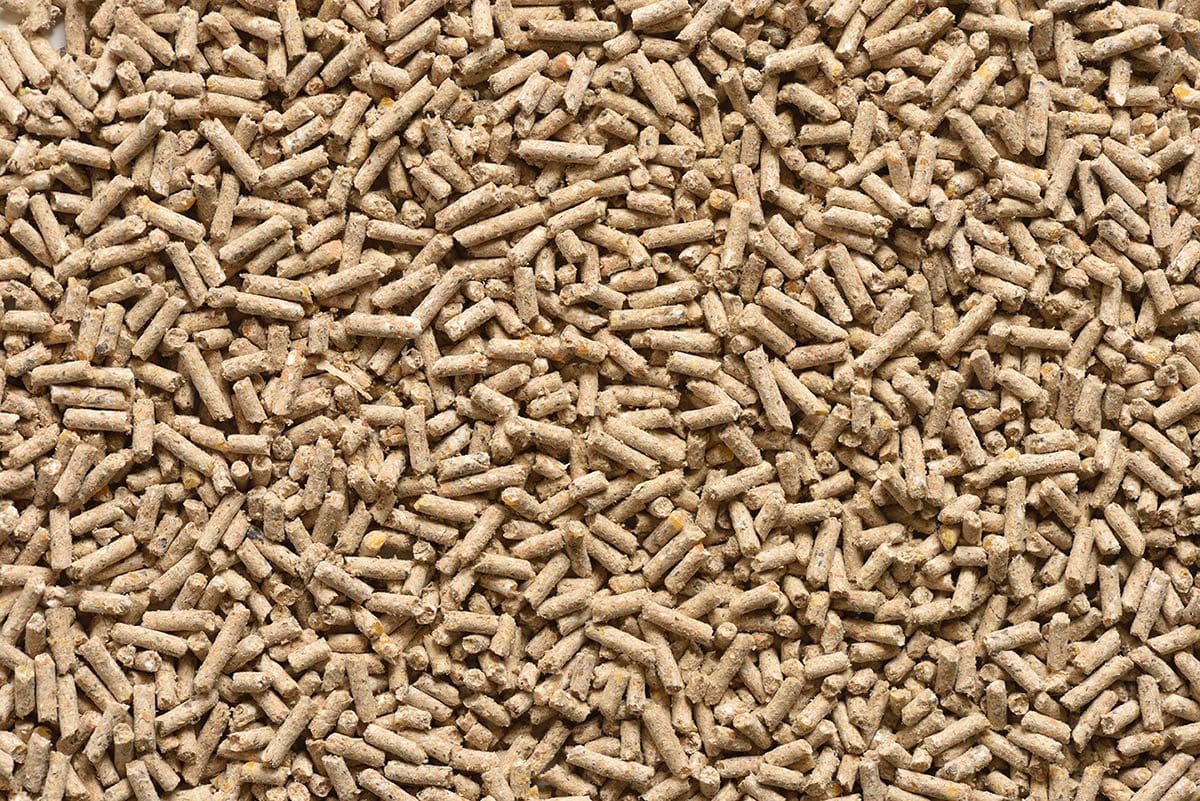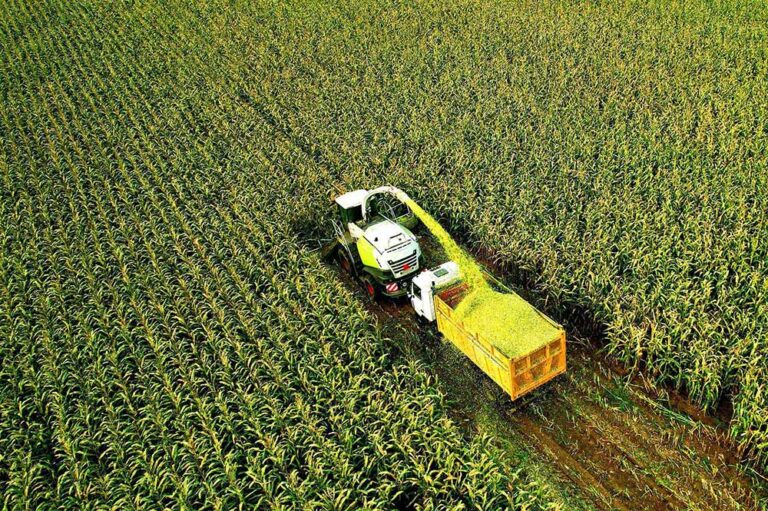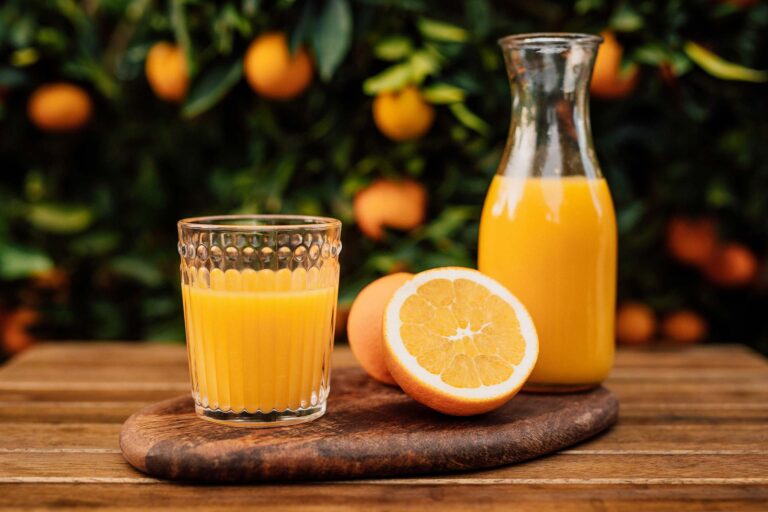Plant-based pet food ingredient prices on the rise
The pet food market encompasses products designed to fit the dietary needs of animals ranging from dogs to birds. Food types include dry, wet, specialized diets, treats, and even fresh food. The sector has witnessed significant growth driven by increasing pet ownership and rising awareness about health and nutrition. Innovation in pet food formulations has led to a growing use of plant-based ingredients like pea protein and soy protein in pet food products.
According to Future Market Insights, the global plant-based pet food market currently has an estimated market value of $26.9 billion and is projected to grow at a compound annual growth rate of 7.8% If recognized, the sector would reach a market valuation of $57.3 billion by 2034.
Like consumers’ food purchases, they are looking for transparency from the brands they support when it comes to their pets’ food as well. Consumers are becoming more educated on product labeling and making conscious choices at the grocery store and the pet store. Soy protein remains the most cost-effective option in the plant-based space, but some pet owners are looking for grain-free options, which has caused pea protein to become a popular ingredient choice.
While soy protein is typically cheaper than pea protein, this sentiment may change as market players reformulate to cut costs. Pea protein supplies are expected to tighten as anti-dumping tariffs on pea protein imports from China take effect in North America, and Europe faces limited production as the pea crop suffers from unfavorable weather conditions.
In Europe, processors tell Expana that while there has not been an increase in food-grade pea protein prices there has been a rise in pea protein concentrate prices for the pet food segment. According to industry players, the price spread between food grade and pet food grade is narrowing. The price spread was around 400€/mt a few months ago, while now it is 50% lower at 200€/mt.
Margins in the pea processing industry remain under severe pressure due to the high price of raw materials. Sources expect that this could lead to a reduction in pea protein output over time which causes an increase in the price of products in the months ahead.
Want to dig into further insights? Discover more on our insights page.
Written by Nick Wood



